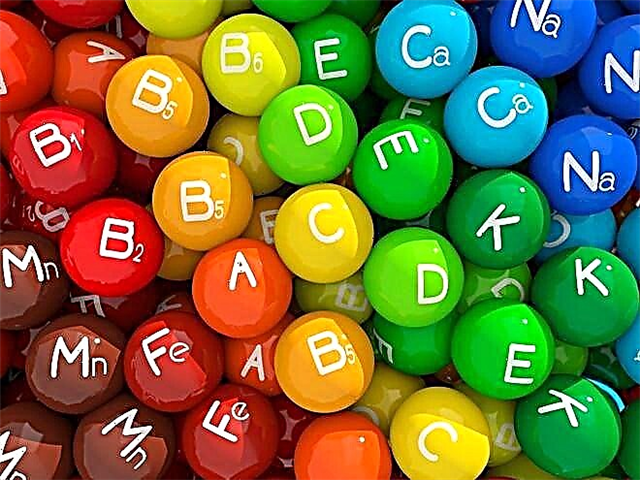
Seeing the word "gluten" on the packaging of baby food, many parents ask themselves "what is this substance?" and "isn't it bad for the baby?" Let's figure it out.
What is it and why is it harmful?
Gluten is a protein that is found in cereals. The second name for these proteins is "gluten". The main sources of gluten are wheat, barley and rye. Slightly less gluten is found in oats and corn.
Since cases of intolerance to this compound are not uncommon, its content is also controlled on product packaging that may contain gluten, responsible manufacturers write about this fact.
Chemical composition
By its structure, gluten is a high molecular weight complex protein. In dried form, it contains oxygen, carbon, nitrogen and hydrogen. This protein is formed from 18 amino acids, among which there are valuable for humans, which are not synthesized in our body.
How does it affect the body
Gluten does not cause any harm to healthy children and adults, but babies under one year old may experience an allergic reaction to such proteins, so the introduction of cereals, which are a source of gluten, into the diet is recommended no earlier than 6-8 months and with great care.

If there is an intolerance to this protein (it occurs in 0.3-1% of people), then intestinal damage occurs. Due to the development of enteropathy, the absorption of nutrients from the intestine is impaired, which becomes the cause of delayed development and growth.
Is there any benefit?
The benefits of gluten lie in the content in this compound of amino acids important for vital activity. For example, lysine in its composition is responsible for tissue growth and regeneration. This amino acid is essential for the immune system.
Threonine in gluten supports the digestive system and body growth. Thanks to the amino acid methionine, hemoglobin is synthesized. In addition, gluten contains phosphorus, calcium and vitamins (groups B, A and E).

Intolerance
The disease, which is based on intolerance to gluten and, accordingly, the products in which it is contained, is called "celiac disease". The main reason for the appearance of such a disease is a genetic predisposition.
The disease affects the intestines and can develop in both children and adults. With such a pathology, a strict diet is shown, which provides for the complete exclusion of wheat, rye and barley from the diet. This is called a gluten-free diet.
Allergy symptoms
An allergic reaction to gluten can occur:
- Copious and frequent stools that have a pungent odor. The feces in this case will be foamy, and its shade will be light or grayish.
- Bloating.
- Decreased appetite.
- Pallor of the skin.
- Weight loss or a stop in weight gain.
- Nervousness, impaired sleep, increased excitability or apathy.
To identify such an allergy, it is necessary to conduct a study of feces, blood composition and others. To eliminate such manifestations, it is prescribed to completely eliminate gluten from the diet. Also, enzyme preparations, vitamins, probiotics, massage, gymnastics are prescribed.
E. Komarovsky's opinion
A well-known doctor clarifies that the mention of the gluten content on boxes and cans of baby food is important primarily for mothers of children who have to completely exclude this substance from the diet. If the baby does not suffer from celiac disease, then the presence of gluten in the product should not bother parents.

What foods contain gluten?
Gluten is found in all foods that contain wheat and other grains containing this substance. First of all, these are cereals made from wheat, rye and barley - semolina, wheat, barley, pearl barley.
Gluten is also found in infant formula, canned food, ketchup, convenience foods, baked goods, dairy products, sausages, ice cream and many other products.
This substance is added to reduce the cost of production for these product categories. In small amounts, gluten can be found in drug casings.
Gluten Free Products
Children with intolerance to such protein have to strictly control the diet and monitor the composition of the foods they eat, avoiding gluten in any form.
Mixes
Gluten-free formulas are recommended for all children under 6 months of age. The absence of gluten in such a diet can be judged by the presence on the packaging of the icon in the form of a crossed out spikelet.
Products
Complementary foods for children with gluten intolerance include cereals made from corn, buckwheat, and rice. Also, cereals such as millet, quinoa, amaranth, sorghum will not harm. Such children are allowed dishes from potatoes and sweet potatoes, legumes, meat, eggs, dairy products, vegetable oils, fruits, fish, butter, vegetables.



